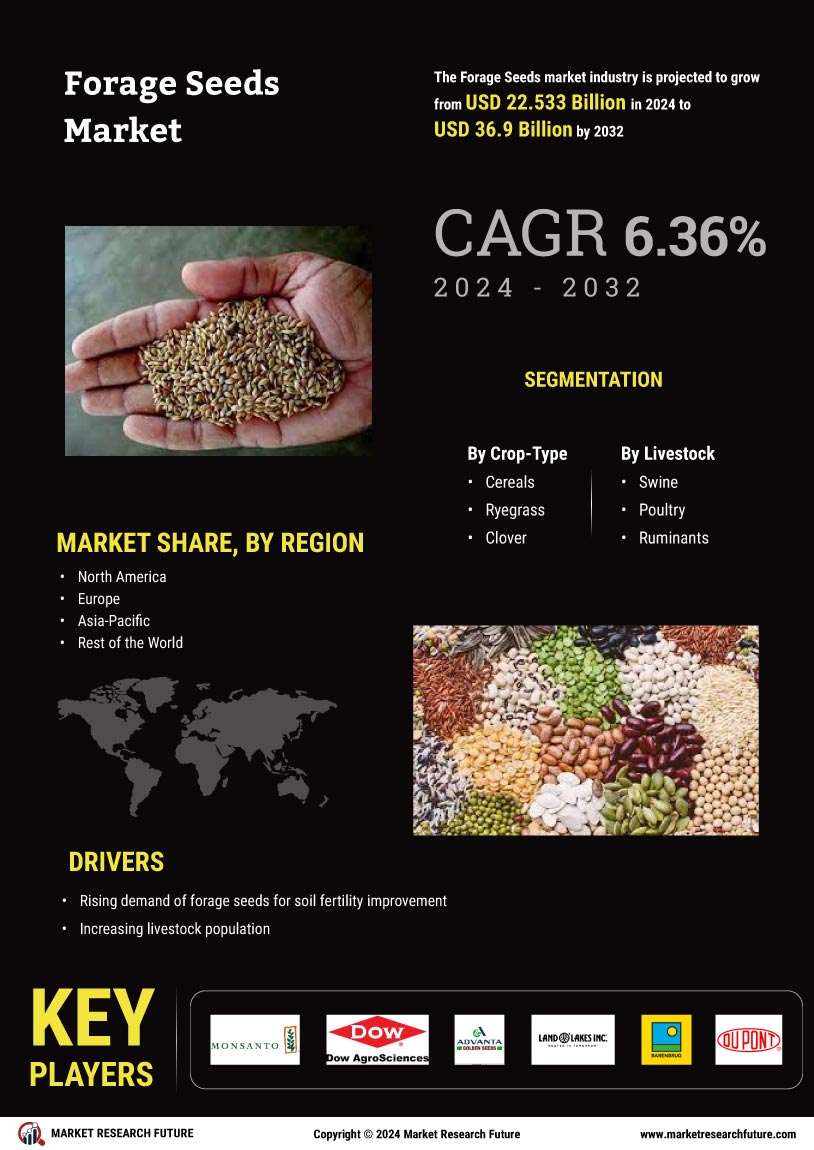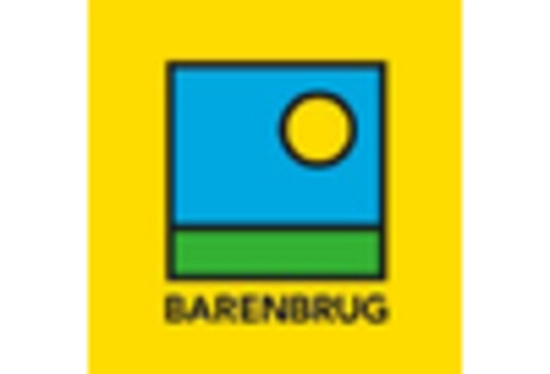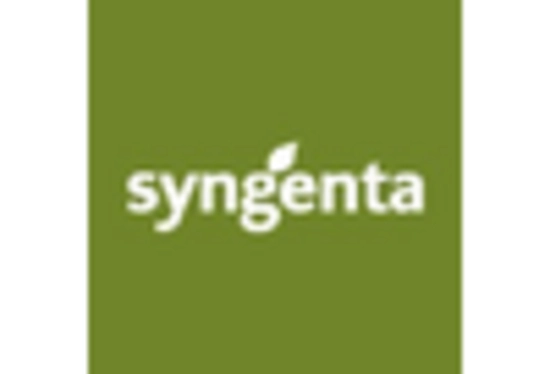Climate Change Adaptation
Climate change poses significant challenges to agriculture, including forage production. The Forage Seeds Market is responding to these challenges by developing seeds that are resilient to changing climatic conditions. For instance, drought-resistant varieties are becoming more prevalent as farmers seek to mitigate the impacts of water scarcity. Research indicates that regions experiencing increased temperatures may see a shift in forage species composition, necessitating the adoption of new seed varieties. This adaptation not only supports sustainable farming practices but also enhances the overall productivity of livestock, thereby driving demand within the Forage Seeds Market.
Government Support and Subsidies
Government policies play a crucial role in shaping the Forage Seeds Market. Many countries are implementing supportive measures, including subsidies for forage seed production and research funding. These initiatives aim to promote sustainable agricultural practices and enhance food security. For instance, financial assistance for farmers adopting innovative forage crops can lead to increased production and improved livestock health. Such government interventions not only stimulate market growth but also encourage the adoption of environmentally friendly practices within the Forage Seeds Market. The ongoing support from policymakers is likely to remain a key driver in the coming years.
Rising Demand for Livestock Feed
The increasing The Forage Seeds Industry. As populations grow and dietary preferences shift towards meat and dairy, the need for high-quality forage to sustain livestock becomes critical. In recent years, the livestock sector has expanded, with projections indicating a potential increase in feed consumption by over 20 percent by 2030. This surge necessitates the cultivation of diverse forage crops, which are essential for maintaining animal health and productivity. Consequently, farmers are increasingly investing in forage seeds to ensure a steady supply of nutritious feed, thereby propelling the growth of the Forage Seeds Market.
Growing Awareness of Sustainable Practices
There is a rising awareness among farmers and consumers regarding sustainable agricultural practices, which significantly influences the Forage Seeds Market. As environmental concerns become more pronounced, the demand for organic and sustainably produced forage seeds is increasing. Farmers are recognizing the benefits of using cover crops and rotational grazing, which enhance soil health and reduce the need for chemical inputs. This shift towards sustainability is expected to drive the market for forage seeds that align with these practices. The emphasis on sustainability not only meets consumer preferences but also contributes to the long-term viability of the Forage Seeds Market.
Technological Innovations in Seed Production
Advancements in agricultural technology are transforming the Forage Seeds Market. Innovations such as precision agriculture and genetic engineering are enabling the development of superior forage seed varieties. These technologies enhance traits such as yield, disease resistance, and nutritional quality. For example, the introduction of genetically modified forage crops has shown potential to increase biomass production by up to 30 percent. As farmers adopt these technologies, the efficiency of forage production improves, leading to a more robust market. The integration of technology in seed production is likely to continue shaping the future of the Forage Seeds Market.

















Leave a Comment